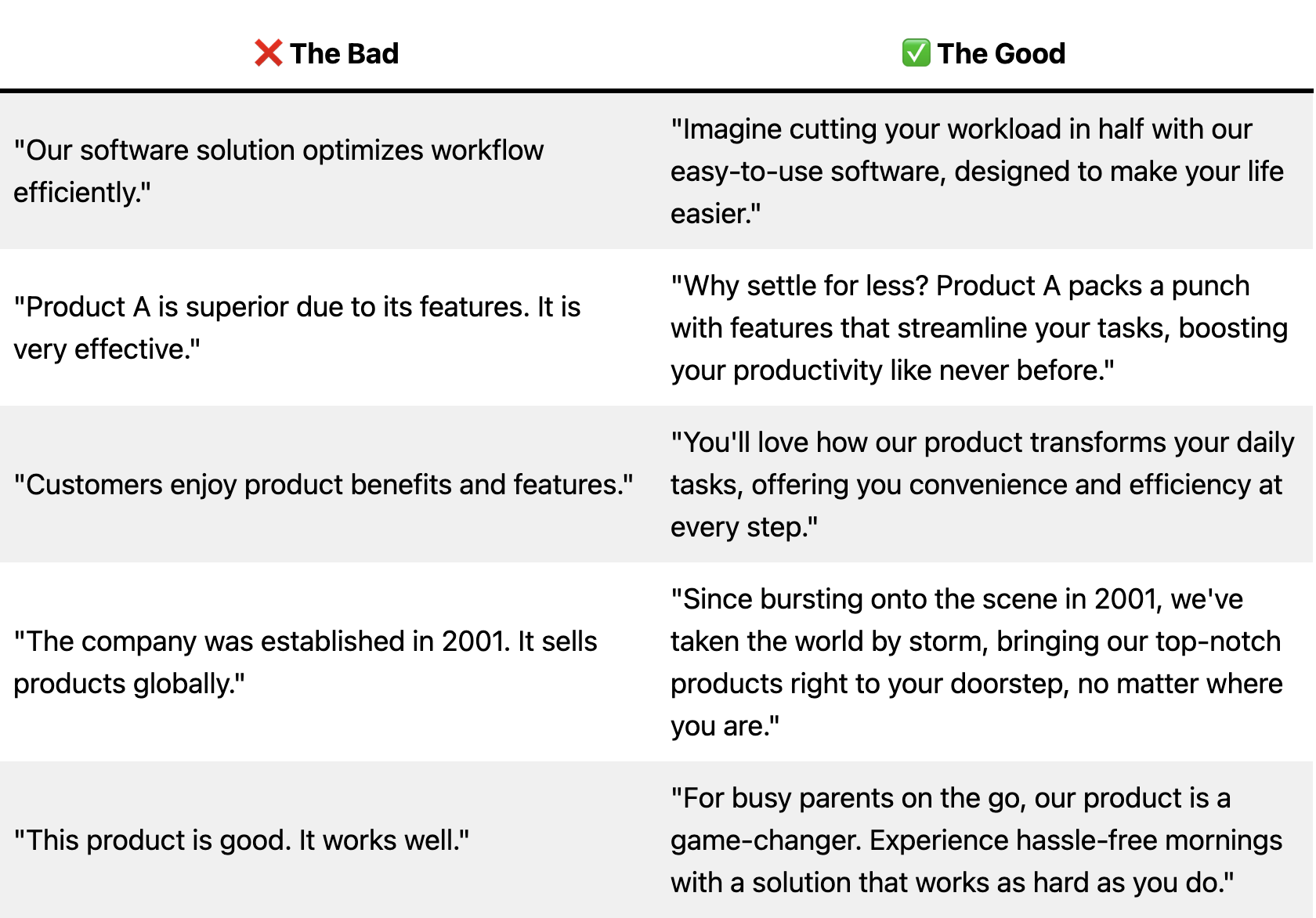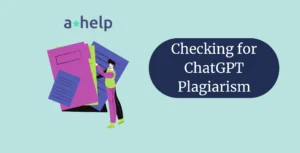Common knowledge of our days — AI tools like ChatGPT or a new AI essay checker influence writing and content creation faster than we can comprehend it. So, making sure your generated text still looks natural and authentic is a key. The best way to make your AI text undetectable is through paraphrasing.

✅ AI Essay Writer ✅ AI Detector ✅ Plagchecker ✅ Paraphraser
✅ Summarizer ✅ Citation Generator
AI has made it easier than ever to pump out articles, blog posts, and more. This is great news for anyone looking to get lots of content out quickly. But there’s a catch: if your content sounds like a robot wrote it, neither people nor Google will be fans. This guide will show you how to make your AI-created content feel more human and slip past those pesky AI detectors.
How to Make AI Content Undetectable
Knowing how to bypass AI detection is an art that blends technology with the human touch, allowing the final output to resonate with readers while evading detection by AI content detectors.

“This application increases efficiency.”
“This app is your shortcut to achieving greater efficiency.”

“The product is designed to save time.”
“You’ll wonder how you ever managed without this time-saving gem.”
This process of rewriting, paraphrasing, and manual editing makes the content more engaging for readers, so that it stands undetected by AI detectors and appeals directly to the human audience.
Still not sure? Try our Free AI Detector
What Exactly is AI-Generated Content?
When we talk about AI-generated content, we mean any text that a computer program creates. This could be anything from a blog post to a product description. Even though these AI programs can save us a lot of time, they sometimes make content that sounds a bit too mechanical. Tools like ChatGPT, Copy.ai, and Jasper.ai offer diverse content creation capabilities. That’s where tweaking comes in to give it a more human touch.
Before AI Editing: “This software provides an efficient method for improving productivity.” This sounds a bit formal and impersonal, right? It’s clear and to the point, but it doesn’t really connect with the reader on a personal level.
After Human Editing: “Boost your productivity with this easy-to-use tool. It’s exactly what you’ve been looking for to make your workday smoother.” Now, this sounds more like something you might read in a friendly email or blog post. It’s inviting and speaks directly to the reader’s needs, making it more engaging.
How is AI-generated content detected?
AI detectors are smart programs that read through text to figure out if it was created by a human or an AI, like a detective looking for clues. They search for patterns that are common in computer-generated text, such as using the same phrases over and over or putting words together in ways that are technically correct but not how people usually talk. Even though these detectors are smart, they’re not perfect and might sometimes get it wrong, marking something written by a person as if it was written by a machine. The goal when using AI to create content is to tweak it so it sounds more like it came from a person, making it harder for these detectors to spot.
Original AI Sentence: “The product enhances productivity efficiently.” This sentence, while clear, is a bit stiff and formal. It’s something you might expect in a technical manual, not in a conversation or a piece of marketing content meant to engage readers.
Revised for Human Touch: “Get ready to get more done in less time with this awesome tool. It’s a game-changer for your workday!” This revision sounds more like something you would hear from a friend recommending a great new app or tool they found. It’s engaging, uses everyday language, and adds a bit of excitement about how this tool can help you.
To better understand how an AI detector checker can identify content generated by artificial intelligence, let’s examine the key indicators that could signal your text as AI-created. These indicators are key for anyone looking to edit AI-generated content to make it more human-like. Below is a detailed table that breaks down these clues:
| Indicator 🕵️♂️ | Description 📝 | Example 🌟 |
|---|---|---|
| Repetitive Sentence Structure | Using the same or similar sentence formats repeatedly. This can make the text sound monotonous and unnatural. | Before: “This app is innovative. This app is user-friendly. This app is efficient.” After: “This app combines innovation with user-friendliness and efficiency, making it stand out.” |
| Predictable Word Patterns | Following common phrases or combinations of words that are easily anticipated, lacking originality. | Before: “Customers find our product satisfactory because it meets their needs.” After: “Our customers love how our product goes the extra mile to satisfy their unique requirements.” |
| Lack of Transitions and Casual Phrasing | Failing to use natural, conversational transitions between ideas, which can make the content seem stiff. | Before: “The software is advanced. It uses the latest technology.” After: “Thanks to the latest technology, our software is on the cutting edge—truly a leap forward.” |
Understanding these clues not only helps in making AI-generated content less detectible but also improves the overall quality and engagement level of the text, making it more appealing to human readers.
Common mistakes that make AI content detectable
To make your AI-generated content seamlessly blend in and engage your audience without being flagged by detection tools, you need to avoid certain pitfalls. Below, we delve into common mistakes that could make your content more detectable as AI-generated, along with detailed explanations for each. This structured approach aims to provide clear insights into how to enhance the authenticity and appeal of your AI-crafted messages.
| 🚫 Common Mistake | 📖 Explanation | 💡 Tips |
|---|---|---|
| 🤖 Writing Entire Content with AI | Relying solely on AI to create your content from start to finish without human intervention. | Incorporate human insight to refine and personalize the AI’s output, so that it aligns with your unique voice and audience’s expectations. |
| ✏️ Not Revising AI Drafts | Using the AI-generated content as is, without making any modifications or improvements. | Always review and edit the first draft to add a personal touch, correct any inaccuracies, and improve flow and readability. |
| 📚 Ignoring Reader Experience | Failing to adjust the content to make it engaging and relevant for your audience. | Tailor the content to address your readers’ needs and interests, using language and examples that resonate with them. |
| 🎭 Overlooking Brand Voice and Tone | Not modifying the AI-generated content to reflect your brand’s unique style and personality. | Edit the content to make it consistently reflect your brand’s voice and tone, reinforcing your brand identity with your audience. |
| 🎯 Skipping Customization for Context and Audience | Producing generic content that doesn’t cater to the specific context or target audience. | Customize content to the context in which it will be used and the specific audience, making it relevant and engaging. |
By steering clear of these common mistakes and applying the suggested tips for avoidance, you can significantly enhance the quality of your AI-generated content. This not only makes it more difficult for AI detectors to flag but also increases its effectiveness in engaging and resonating with your intended audience.

FAQ
Follow us on Reddit for more insights and updates.





Comments (0)
Welcome to A*Help comments!
We’re all about debate and discussion at A*Help.
We value the diverse opinions of users, so you may find points of view that you don’t agree with. And that’s cool. However, there are certain things we’re not OK with: attempts to manipulate our data in any way, for example, or the posting of discriminative, offensive, hateful, or disparaging material.